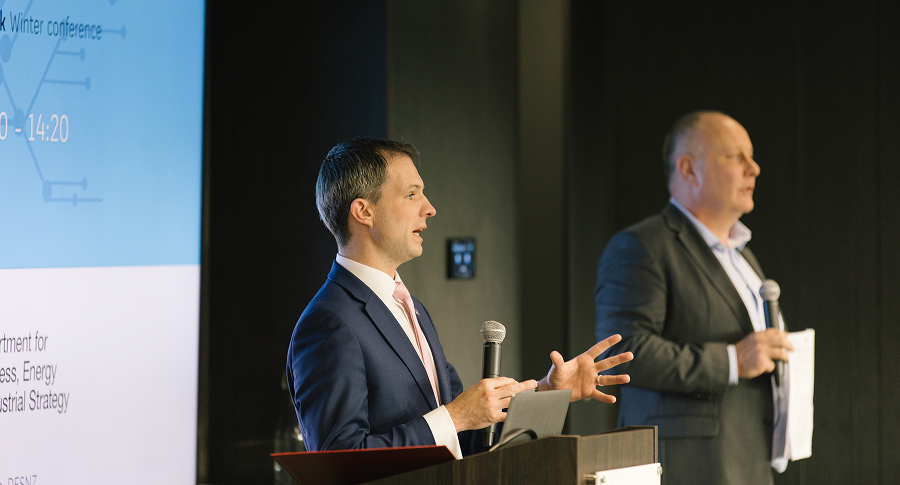Stepping out of the details of the mechanism, perhaps an overarching point coming through from this open letter, is around how much LDES we will actually need.
The recently published Clean Power 2030 plan by the UK government, included 4-6 GW of LDES capacity required by 2030 and a proposed minimum duration of 6 hours. This was noted to be a little different to NESO's original recommendations to the government, as taking their numbers of 5-8 GW of power capacity and 81-99 GWh of energy storage capacity, the range of duration required was closer to 12-16 hours. Ofgem have, in this open letter, proposed different requirements across the two streams of the cap and floor mechanism, currently aiming to assess applications based on:
- Stream 1: 100 MW / 8-10 hours
- Stream 2: 50 MW (or potentially lower) / 6 hours
This potentially reinforces the need for further clarity on the system needs for LDES, and the durations of balancing/system events in a future clean power system that LDES projects of various durations can look to support.
The topic of permitting lithium-ion battery storage to bid into the scheme has not been explicitly addressed in Ofgem's letter. Whilst it is clear that Stream 1 applicants must be at TRL 9, the previous government response document referred to enabling 'novel iterations' of lithium-ion battery storage projects to apply. Ofgem will need to provide more clarity on technology agnosticism as an aspect of the entry criteria through the TDD.
This is a strategic policy area for ESN that we track in the Innovation and Technology working group. The next working group meeting is online on 25 February. To talk to us more about our wider work and engagement around LDES, please contact Ray Arrell.








.avif)





